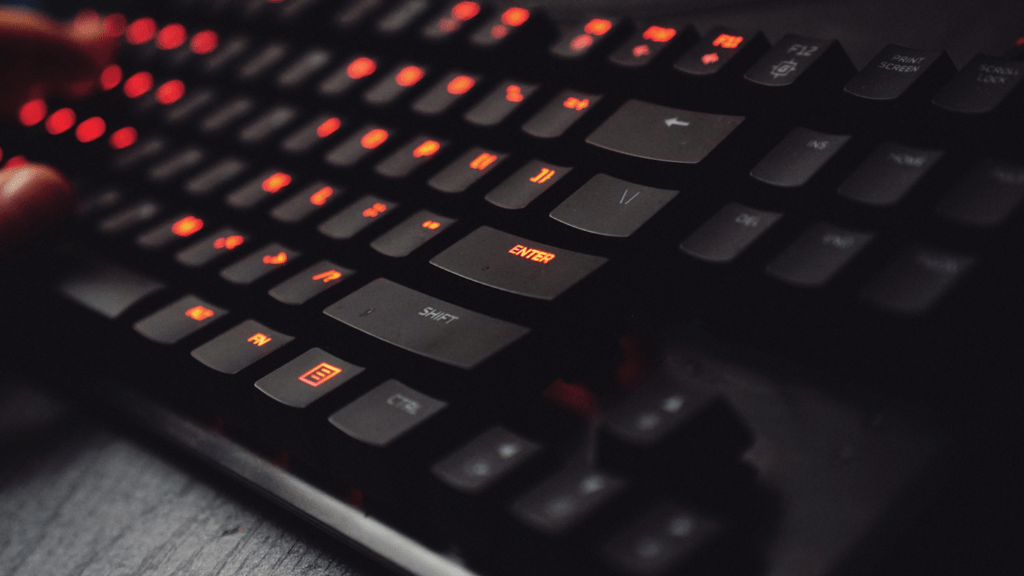Types of Pimple Secretions
1. Sebum
Sebum is a natural oil produced by the skin’s sebaceous glands. While sebum plays a crucial role in keeping the skin moisturized and protected, an overproduction of sebum can lead to clogged pores and acne. Excess sebum production is often influenced by hormonal changes, genetics, and environmental factors.
2. Whiteheads
Whiteheads, also known as closed comedones, are small, raised bumps with a white or yellowish center. These pimple secretions occur when sebum and dead skin cells clog the pores, creating a plug that becomes trapped beneath the skin’s surface. Gently exfoliating the skin and using products containing salicylic acid can help to unclog pores and prevent whiteheads.
3. Blackheads
Blackheads, or open comedones, are similar to whiteheads but have a dark or blackened appearance due to oxidation of the sebum and debris within the pore. Contrary to popular belief, the dark color of blackheads is not a result of dirt. Regular exfoliation and using products containing ingredients like benzoyl peroxide can help to clear and prevent blackheads.
4. Pustules
Pustules are small, inflamed bumps filled with pus. These pimple secretions occur when the pore becomes infected with bacteria, causing the surrounding area to become red, swollen, and painful. Avoid picking or squeezing pustules, as this can lead to scarring and further inflammation. Using products containing ingredients like tea tree oil or benzoyl peroxide can help to reduce inflammation and heal pustules.
5. Cysts
Cysts are larger, painful bumps that form deep within the skin. These pimple secretions are often caused by a combination of bacteria, oil, and dead skin cells becoming trapped within the pore. Cysts can be difficult to treat at home and may require professional intervention, such as cortisone injections or drainage by a dermatologist, to prevent scarring and promote healing.
Treating Pimple Secretions
Treating pimple secretions requires a consistent skincare routine and patience. Here are some tips for effectively managing and preventing pimple secretions:
Cleanse the skin twice daily with a gentle cleanser to remove excess oil, dirt, and impurities. Use noncomedogenic skincare products to prevent clogged pores and breakouts. Avoid picking, squeezing, or popping pimples, as this can worsen inflammation and lead to scarring. Incorporate exfoliation into your routine to remove dead skin cells and unclog pores. Use topical treatments containing ingredients like salicylic acid, benzoyl peroxide, or tea tree oil to target and treat pimple secretions. Maintain a healthy diet rich in fruits, vegetables, and whole grains to support overall skin health.
By understanding the different types of pimple secretions and implementing proper skincare techniques, you can effectively manage and prevent breakouts. Remember to consult with a dermatologist if you have persistent or severe acne to develop a personalized treatment plan tailored to your skin’s needs.
In conclusion, pimple secretions are a common skincare concern that can be effectively managed with the right approach and treatment. Taking care of your skin and addressing pimple secretions promptly can help you achieve clear, healthy skin and boost your confidence.




